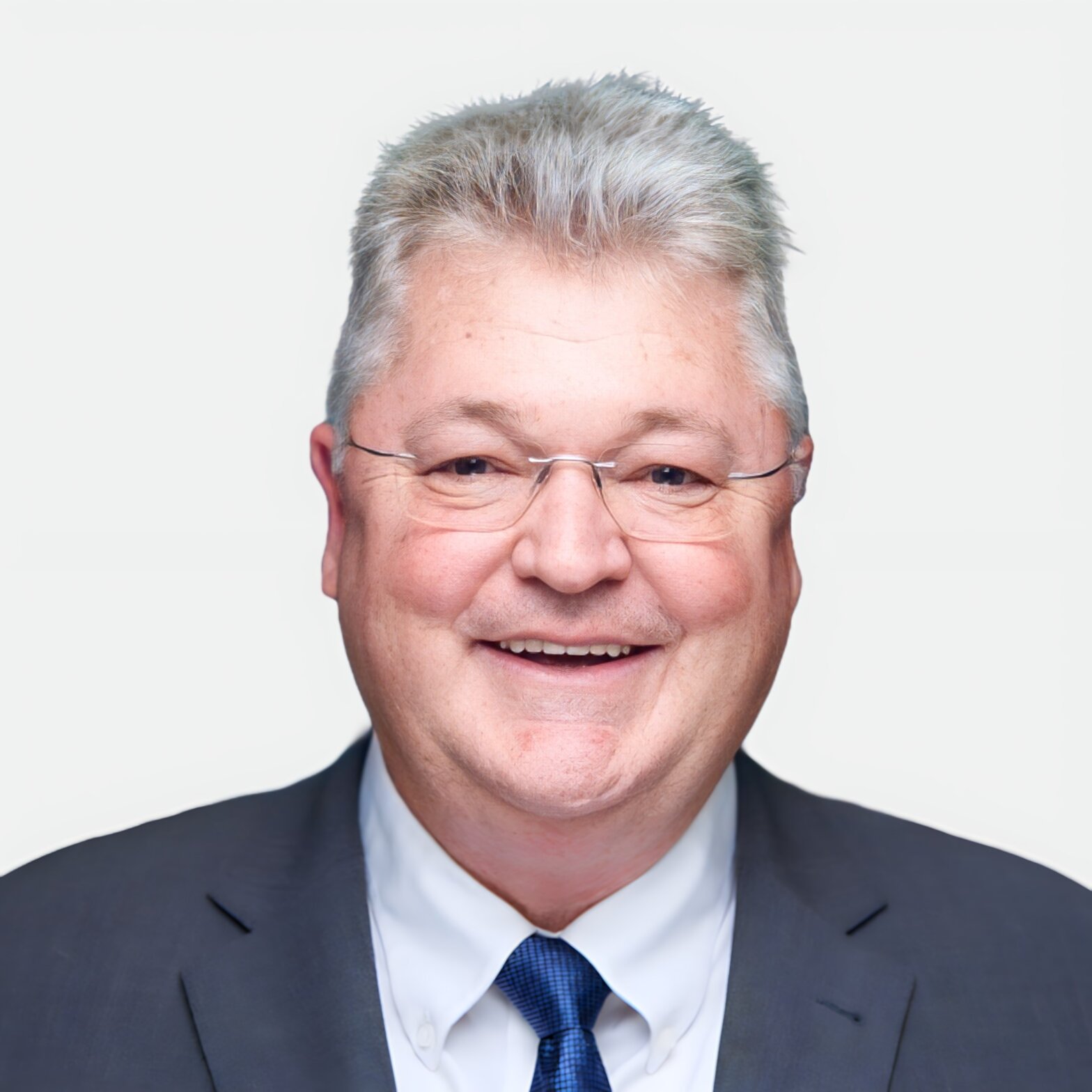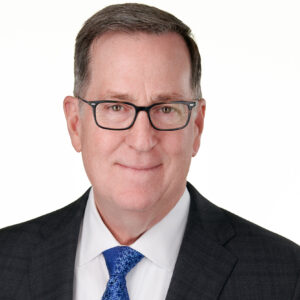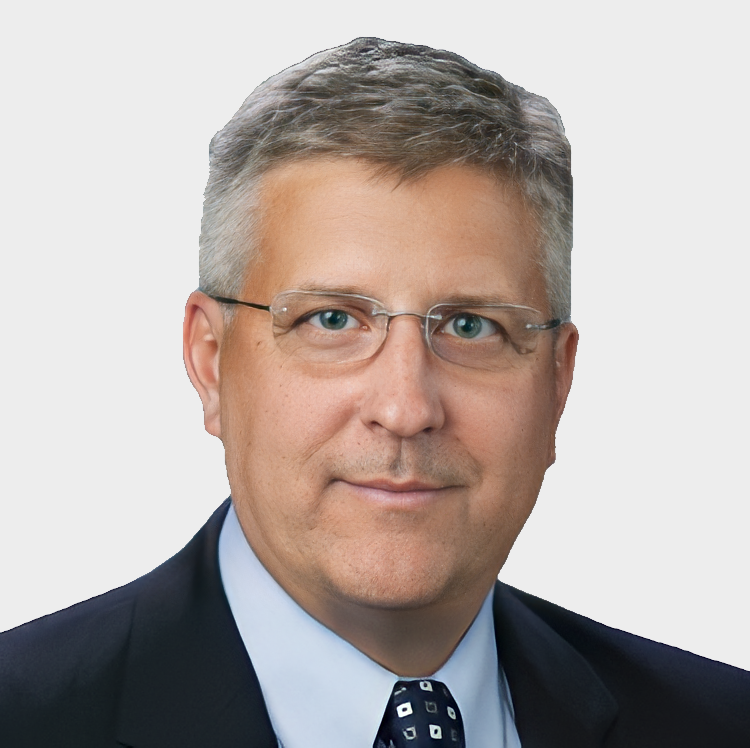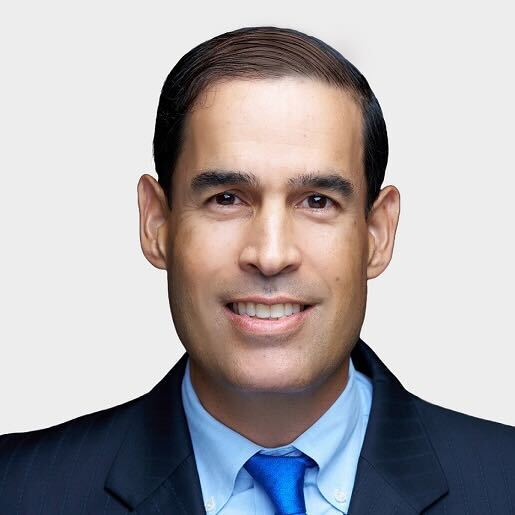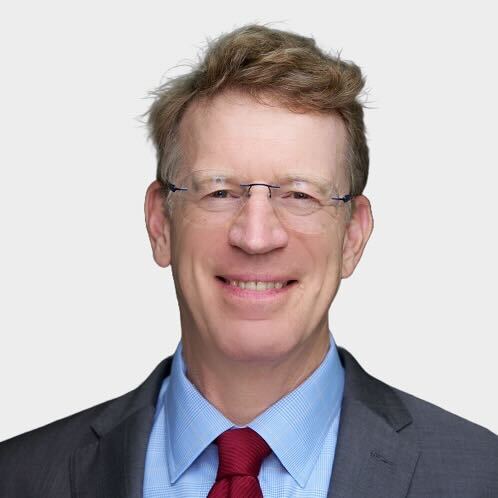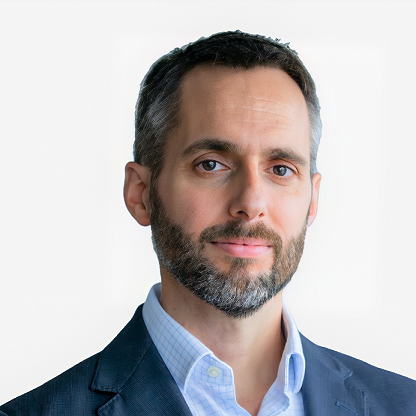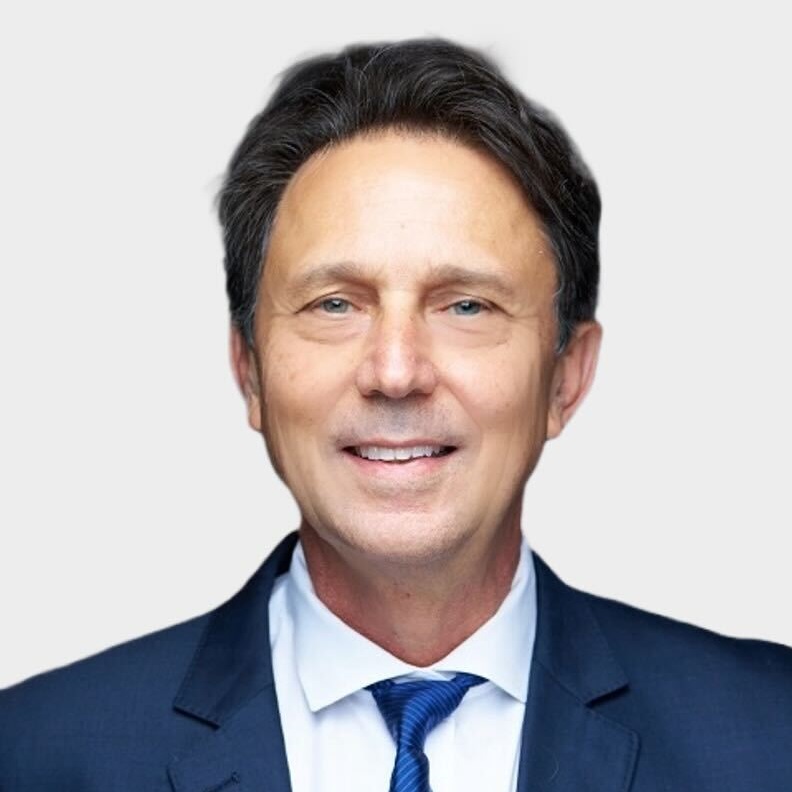Session Details
Olefins and Polymers: Global Headwinds – Net Zero Goals, Excess Capacity, and Weak Demand
As we look to 2024, operating rates have likely bottomed out. There is less new capacity coming online in the short term although demand growth is uncertain with many headwinds. These trends still are unlikely to offer any margin recovery. Shall the industry defer projects as cash flow is challenged? Do the highest cost assets get rationalized and what challenges come with that? This session delves into the proactive measures and strategic responses essential for navigating these challenges. We will examine the industry’s adaptation to net-zero goals, analyze the dynamics of managing excess capacities, and explore innovative strategies to thrive in the face of weak demand.
The overbuild wave of the last four years has ended as new builds take a pause. Demand recovery continues to be uncertain. It will take some time to absorb the overbuild with three solutions at hand: 1) idle assets 2) rationalize assets or 3) take extended maintenance to do more work over a longer window of time. For some, their fortunes will not be so bad. As in any commodity down cycle, those with the lowest cost position should be able to operate and make good margins. Who and where those operators are will be covered at the World Chemical Forum.
Embark on the tumultuous journey of propylene through a tremendous wave of new capacities in the last years, and the trends for investments in the rest of the decade. Faced with unprecedented challenges, the session explores the industry’s response to seismic changes and the redefinition of traditional structures. On-purpose production continues to take the main stage, defining economics and production globally. Propylene grapples with oversupply, environmental pressures, and shifting market dynamics, prompting considerations for capacity adjustments. Still, major new project announcements persist. This session delves into strategic responses, examining the industry’s resilience in the wake of evolving global demand and potential feedstock challenges with the energy transition. Join us to unravel propylene’s odyssey and explore how the industry adapts to navigate these historic challenges.
Massive capacity growth, oversupply, and environmental pressures will challenge the industry in an unprecedented way. Capacity shut downs and operating rate turn-downs are being considered while major expansions continue to be announced and approved. Historical reliance on robust Chinese demand growth is no longer a winning formula as fundamental shifts in Chinese market dynamics develop. Investments in circular production continue as the industry positions itself to meet aggressive recycle and net zero goals – but will these investments be sufficient to meet these historic challenges?
Like many chemicals, today, record PP capacity additions are overwhelming demand and pressuring margins all over the world. The outlook for the global PP market is adversely affected by continued capacity expansions in China and volatile propylene prices in North America. Calls for more recycled content and a reduction in plastic use look to exacerbate the already challenging conditions. The session will focus on how regional producers and consumers position themselves to survive these conditions.
Amidst a volatile global economy, the energy and climate transition continues. In this session, Kreshka Young will discuss Dow’s multi-generational plan to decarbonize its assets while growing. She will discuss the business, technical, and operational challenges associated with Dow’s plan, and identify opportunities for broader collaboration throughout the petrochemical industry.
There will always be a need for virgin resin supply regardless of the success of mechanical and chemical recycling. At Citroniq Chemicals, we are developing a commercial-scale sustainable polypropylene production platform that will provide carbon-negative resins as the preferred virgin supply to complement the developing recycled plastics businesses. Sustainable plastics are a higher-valued use of US ethanol when compared to the fuels markets. Ethanol-to-plastics breaks the carbon cycle by capturing CO2 as a useful solid pellet (Carbon Capture Utilization) rather than combusting the ethanol back into CO2.
Slow demand recovery, high feedstock cost, and overbuilt capacity are weighing on olefin production economics in Asia. However, these challenges do not slow down aggressive olefin capacity expansion in Asia, particularly mainland China. The second wave of new steam crackers and on-purpose olefin projects are coming. Conventional drivers, like low self-sufficiency, healthy demand growth or strong margins, are not the motivations. Instead, decarbonization goals are driving the investments. This presentation will answer key questions on how producers can cope with oversupply and poor margins, how long overcapacity will persist, and what the stepping stones are for olefins to achieve net zero.
The Middle East and European olefins industries have responded to the 2015-2019 upturn by pushing forward investment plans. Several projects are now in the implementation and construction phase. However, the collapse in market conditions – partly due to substantial investment, most critically in China – has undermined the outlook for the returns these investments may achieve. Many players are looking to consolidate now, so can investing in capacity make sense? Should the investors respond to the changes in market conditions, hold their course, or is there a rationale for delaying or even cutting their losses and canceling investment plans?
In the short term, the methanol market looks oversupplied, with new capacity due to come on stream in 2024 and a relatively pessimistic outlook on demand. In the longer term, the nature of methanol demand is changing, with more reliance on traditional chemical derivatives and less on MTO and fuels applications. Longer-term, will the demand for methanol as a marine fuel be a game-changer, and will there be enough green methanol to satisfy it? At what price? And what is the definition of “green”?
Over the past few years, the global markets for butadiene and its derivatives have experienced historic upheaval. Demand has contracted. Crude C4 supply has been long. Operating rates have been under pressure. Traditional importers have become motivated exporters. These market dynamics have been challenging, to say the least. Many commodity markets are beginning to recover and return to relatively normal conditions. C4 olefins market players justifiably wonder when their markets will stabilize and what that will look like. In this presentation, we will answer those questions.
Jose de Barros
Chief Decarbonization Officer Lummus Technology
Read BioWilliam Chen, PhD
Vice President, Asia Olefins and Derivatives Chemical Market Analytics by OPIS
Read BioPablo Giorgi
Vice President, North America Light Olefins Chemical Market Analytics by OPIS
Read BioBill Hyde
Vice President, Olefins and Elastomers Chemical Market Analytics by OPIS
Read BioKelly Knopp
CEO and Founder Citroniq Chemicals
Read BioSteve Lewandowski
Vice President, Global Olefins & Derivatives Team Lead Chemical Market Analytics by OPIS
Read BioJoel Morales
Vice President, Polyolefins Americas Chemical Market Analytics by OPIS
Read BioMike Nash
Vice President, Global Syngas Team Lead | Americas Acetyls Lead Chemical Market Analytics by OPIS
Read BioMatthew Thoelke
Vice President, EMEA Olefins Chemical Market Analytics by OPIS
Read BioNick Vafiadis
Vice President, Global Plastics & Polymers Team Lead Chemical Market Analytics by OPIS
Read BioKreshka Young
North America Business Director, Energy & Climate Dow Chemical
Read Bio




